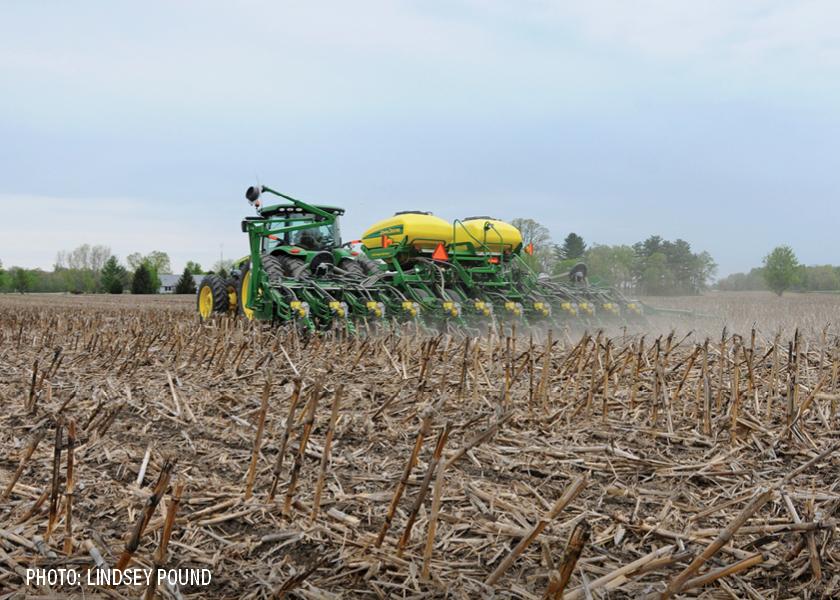John Deere and Cargill Partner To Expand Regenerative Ag Practices

Earlier this summer, Cargill and John Deere announced their partnership to expand Cargill’s RegenConnect Program.
Via the partnership, farmers who participate in RegenConnect can easily synchronize their in-field practices and data record keeping via John Deere’s Operations Center.
RegenConnect is a program from Cargill which provides financial incentive to farmers to use regenerative ag practices. The Cargill RegenConnect program is available to all Operations Center users in 24 US States. Now in its third year, RegenConnect promotes the use of cover crops, no-till, or reduced tillage. The program’s enrolled acres can be growing corn, soybean, wheat or cotton.
“John Deere and Cargill have a shared vision for advancing sustainability through digital capabilities that support farmers. Farmers will have another tool in their toolbox to make the best decisions about sustainability and profitability for their farm,” said Alexey Rostapshov, Head of Sustainability Solutions for John Deere. “The connection to Operations Center provides Cargill RegenConnect participants the opportunity to learn about the program, manage and implement practice changes, and sync data across systems. This will save farmers time and empower them to make the best agronomic and economic decisions for their farm.”
The streamlined Operations Center functionality will be rolled out and enhanced over several program years.
“Organizing and providing data to seamlessly participate in environmental markets through programs like Cargill RegenConnect not only helps farmers get organized on the front end to better manage their on-farm data, but also prepares them to participate in future market opportunities” said Chantelle Donahue, North American Agriculture Supply Chain Vice President, from Cargill.
Enrollment for the 2023 program is open through September 15.







